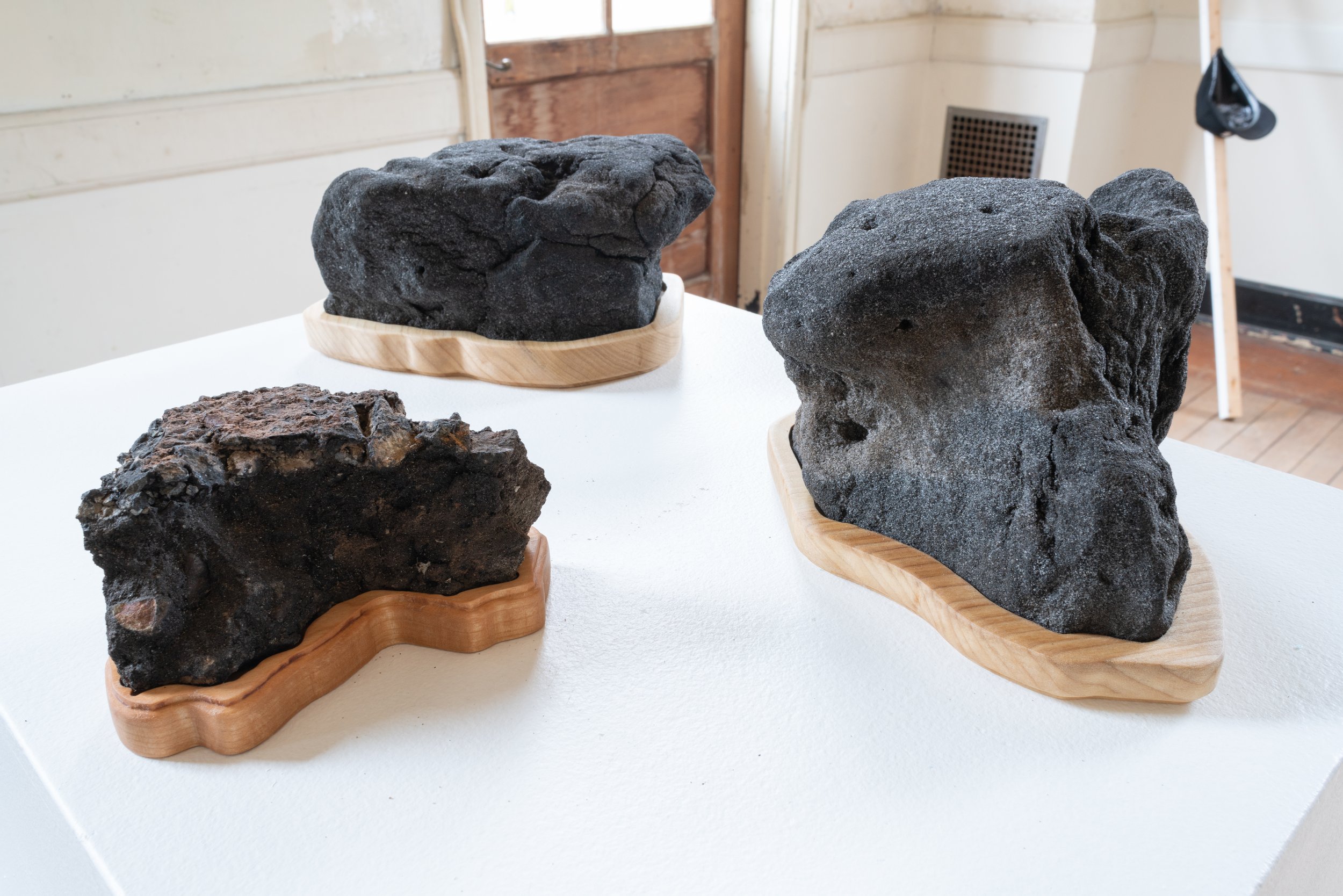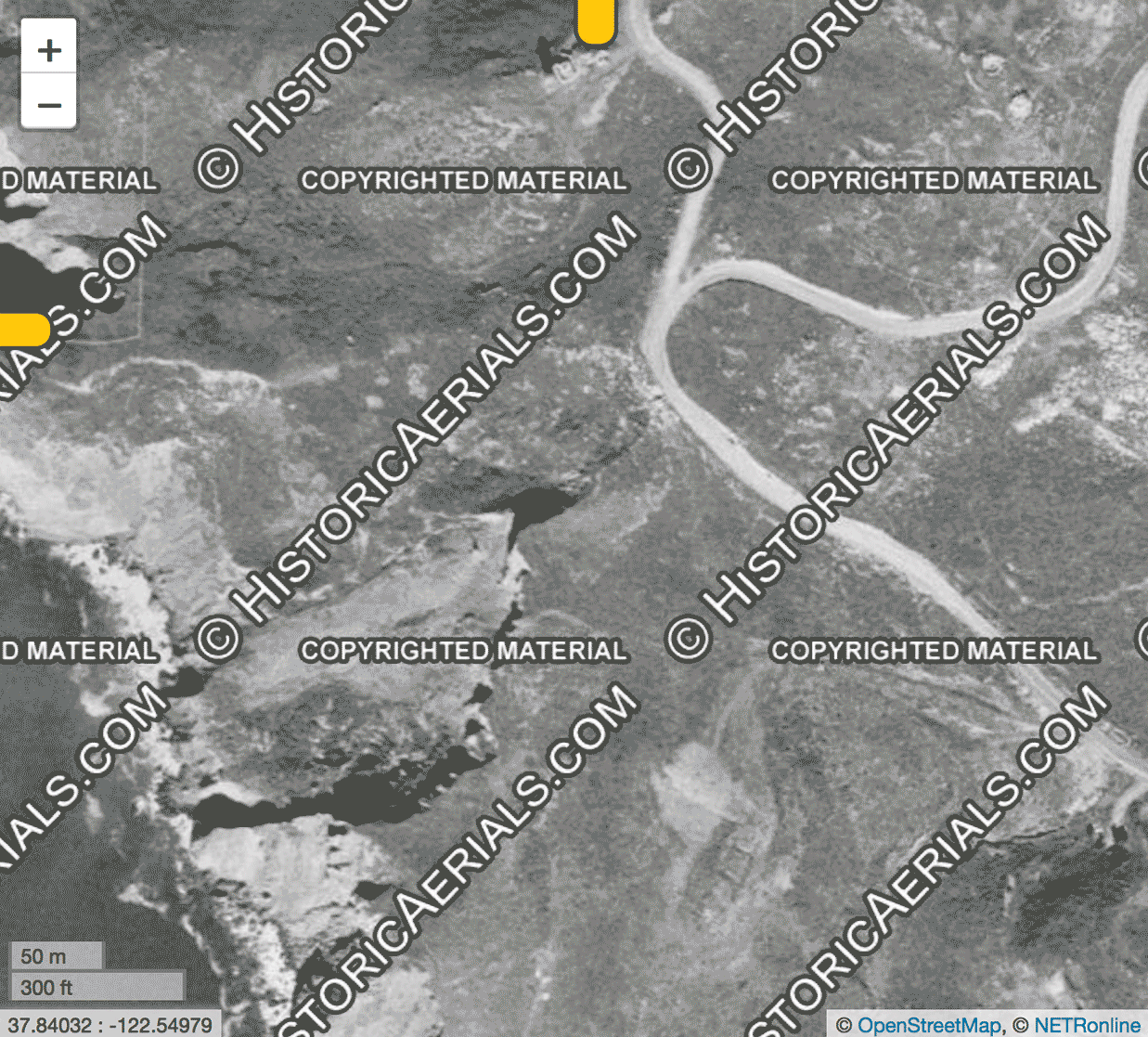Suiseki
2019-2021
I use the traditional Japanese art of suiseki or viewing stones to contemplate ubiquitous human-made materials (concrete, asphalt, and foam) that have become part of the landscape and geological record. The daiza or carved wooden bases are all made from scrap wood. Resembling both landscape and detritus, these materials evoke the beauty and horror of living on a damaged planet.
The military ruins of the Marin Headlands, created with Rodeo Beach sand and Portland cement, are slowly returning to the soil as weatherworn, conglomerated stones. The roads that carried military vehicles up the hills are eroding into the ocean. Acacia trees grow in the gaping cracks of the asphalt. Marine foam that washes up onto Black Sand Beach during the winter King Tides becomes floating habitat for a myriad of sea creatures, including mussels. The concrete, asphalt, and foam are now part of the deep-time history of the Headlands as much as radiolarian chert, pillow basalt, and serpentine, embedded for millennia in the soft and hard bodies that exist in this space.
Concrete:





Military concrete on redwood and mahogany daiza, Battery Alexander and Conzelman Road, Marin Headlands, California, 2019-2021
Battery Alexander
Conzelman Road
Asphalt:
Military asphalt on oak daiza, Marin Headlands, California, 2021
Baltimore Boulevard asphalt on tulip poplar daiza, Assateague Island, Maryland, 2021
Headlands Military Road Landslide 1946-2020
Headlands Military Road
Headlands Military Road
Baltimore Boulevard, Assateague Island, Maryland
Baltimore Boulevard, Assateague Island, Maryland
Baltimore Boulevard, Assateague Island, Maryland
Marine Foam:
Marine Foam on Douglas fir and redwood daiza, Black Sands Beach, Marin Headlands, California, 2019-2021
Foam detritus on Black Sands Beach
Mussels living on marine foam, Black Sands Beach












